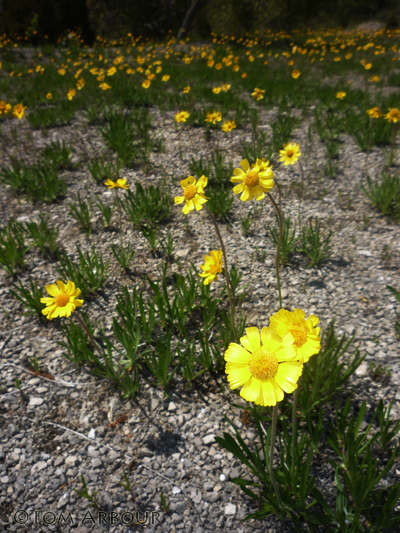 I've had the opportunity to view and photograph this subtly colored, amazingly intricate orchid twice this year. It is native to the eastern deciduous forests. Isn't it quite stunning?
I've had the opportunity to view and photograph this subtly colored, amazingly intricate orchid twice this year. It is native to the eastern deciduous forests. Isn't it quite stunning?This is my contribution to this week's Today's Flowers meme.
 I've had the opportunity to view and photograph this subtly colored, amazingly intricate orchid twice this year. It is native to the eastern deciduous forests. Isn't it quite stunning?
I've had the opportunity to view and photograph this subtly colored, amazingly intricate orchid twice this year. It is native to the eastern deciduous forests. Isn't it quite stunning? Golden Backed Snipe Flies, Chrysopilus Thoracicus I'll let you interpret their behavoir. Kudos to Janet for knowing the name of this striking insect.
Golden Backed Snipe Flies, Chrysopilus Thoracicus I'll let you interpret their behavoir. Kudos to Janet for knowing the name of this striking insect. Some type of Orb-weaver spider.
Some type of Orb-weaver spider. Eastern Fence Lizard, Sceloporus undulatus
Eastern Fence Lizard, Sceloporus undulatus Eyed Click Beetle, Alaus oculatus
Eyed Click Beetle, Alaus oculatus

 2. Swamp saxifrage, Saxifraga pensylvanica
2. Swamp saxifrage, Saxifraga pensylvanica 3. Necklace sedge, Carex projecta, Ohio threatened species.
3. Necklace sedge, Carex projecta, Ohio threatened species. 4. Viburnum opulus var. americanum (syn. Viburnum trilobum), Ohio endangered species. Yes, WoodsWalker, it is being munched by Viburnum leaf beetle!.
4. Viburnum opulus var. americanum (syn. Viburnum trilobum), Ohio endangered species. Yes, WoodsWalker, it is being munched by Viburnum leaf beetle!. 5. Some type of Sphinx moth. Any help here would be appreciated!
5. Some type of Sphinx moth. Any help here would be appreciated! 6. Beaver handiwork on Populus deltoides.
6. Beaver handiwork on Populus deltoides. 7. Carex stricta, tussock sedge.
7. Carex stricta, tussock sedge. 8. Arisaema tryiphyllum subsp. stewardsonii
8. Arisaema tryiphyllum subsp. stewardsonii 9. Sensitive fern, Onoclea sensibilis
9. Sensitive fern, Onoclea sensibilis 10. Skunk cabbage, Symplocarpus foetidus
10. Skunk cabbage, Symplocarpus foetidus 11. Highbush blueberry, Vaccinnium corymbosum
11. Highbush blueberry, Vaccinnium corymbosum 12. Two vascular plants here, one blooming, one not. Maianthemum canadense and Coptis trifolia
12. Two vascular plants here, one blooming, one not. Maianthemum canadense and Coptis trifolia 13. Cinnamon fern, Osmunda cinnamomea
13. Cinnamon fern, Osmunda cinnamomea  14. Water or purple avens, Geum rivale, an Ohio potentially threatened species.
14. Water or purple avens, Geum rivale, an Ohio potentially threatened species. 15. Me driving in the car during a deluge, which we just missed before we got back to the saftey of our vehicles. In case you didn't recognize, that's Ohio on the left, Pennsylvania on the right.
15. Me driving in the car during a deluge, which we just missed before we got back to the saftey of our vehicles. In case you didn't recognize, that's Ohio on the left, Pennsylvania on the right.























